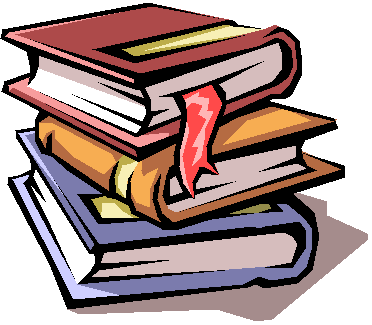 Tom C. asked the following question... Tom C. asked the following question...
"What exactly was the belladona treatment that Bill Wilson underwent?"
The belladona treatment is described best in Bill Pittman's book: AA The Way It Began,
ISBN 0-934125-08-2, available from Hazelden books.
I will quote that section:
"Upon Wilson's arrival at Towns Hospital, he was placed in a bed and the
Towns-Lambert Treatment was begun. Dr. Lambert described the belladonna treatment as
follows:
Briefly stated, it consists in the hourly dosage of a mixture of belladonna, hyoscyamus
and xanthoxylum. The mixture is given every hour, day and night, for about fifty hours.
There is also given about every twelve hours a vigorous catharsis of C.C. pills and blue
mass. At the end of the treatment, when it is evident that there are abundant bilious
stools, castor oil is given to clean out thoroughly the intestinal tract. If you leave any
of the ingredients out, the reaction of the cessation of desire is not as clear cut as
when the three are mixed together. The amount necessary to give is judged by the
physiologic action of the belladonna it contains. When the face becomes flushed, the
throat dry, and the pupils of the eyes dilated, you must cut down your mixture or cease
giving it altogether until these symptoms pass. You must, however, push this mixture until
these symptoms appear, or you will not obtain a clear cut cessation of the desire for the
narcotic... (17, p. 2126; 209,p.186)
The exact contents of each ingredient is outlined below:
Belladonna Specific
Tincture belladonnae = 62. gm.
Fluidextracti xanthoryli.
Fluidextracti hyoscyami = .31 gm.
(210)
Belladona - Atropa belladonna
Deadly nightshade; a perennial herb with dark purple flowers and black berries. Leaves
and root contain atropine and related alkaloids which are
anticholinergic. It is a
powerful excitant of the brain with side effects of delirium (wild and talkative),
decreased secretion, and diplopia.
(211,p.112)
Xanthoxylum - Xanthoxylum Americanum
The dried bark or berries of prickly ash. Alkaloid of
Hydrasts. Helps with chronic
gastro-intestinal disturbances. Carminative and diaphoretic.
(211, p.269)"
That's it. All the references from Bill's book. The numbers in the (brackets) are page
number references from the sources that Bill used from the sources he has.
Hope this does it.
God bless you and in the Fellowship of the Spirit,
Ellie P.
Thanks for asking the question.

|